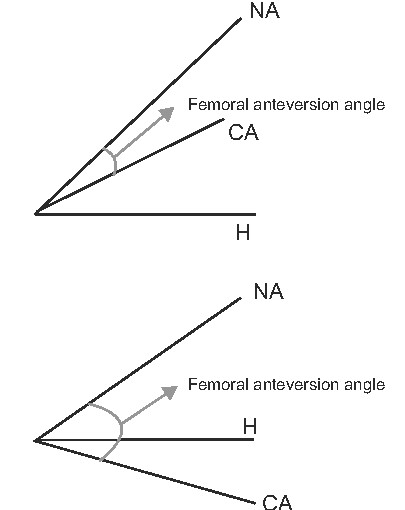Clinical importance and sex differences of the femoral anteversion angle
DOI:
https://doi.org/10.17532/jhsci.2018.545Keywords:
femoral angle of anteversion, angle of inclination, femoral head diameter, femoral biomechanical length, linear condylar parameters, epicondylar breadth width, lateral condyle depth, medial condyle depthAbstract
Introduction: The Femoral angle of anteversion (FAA) is responsible for the medial and anterior direction of the femoral neck and therefore the femoral head towards the acetabulum. The aim of this study was to determine the difference in FAA between male and female samples, the correlation between the FAA and biomechanically relevant parameters and to provide a review of relevant clinical features related to FAA.
Methods: We included 100 human dry femora and analyzed FAA, Angle of Inclination (AI), Femoral Head Diameter (FHD), Femoral Biomechanical Length (FBL) and Linear Condylar Parameters (Epicondylar Breadth Width (EBW), Lateral Condyle Depth and Medial Condyle Depth). The measurements were made using a goniometer, sliding calipers and pieces of colored string.
Results: Mean FAA values were 9.84±7.97° and 8.72±8.23° for the male and female samples, respectively (p<0.05). FAA and AI in both male and female correlated negatively (-0.076), while there was a positive correlation between FAA and FHD (0.069), FAA and FBL (0.072), FAA and EBW (0.029), while the correlation was negative between FAA and LCD (-0.072), FAA and MCD (-0.063).
Conclusion: The difference in FAA between male and female femora was found to be significant. This finding may help better understanding such as hip impingement, total hip arthroplasty failure, and design of femoral endoprosthesis parts.
Downloads











